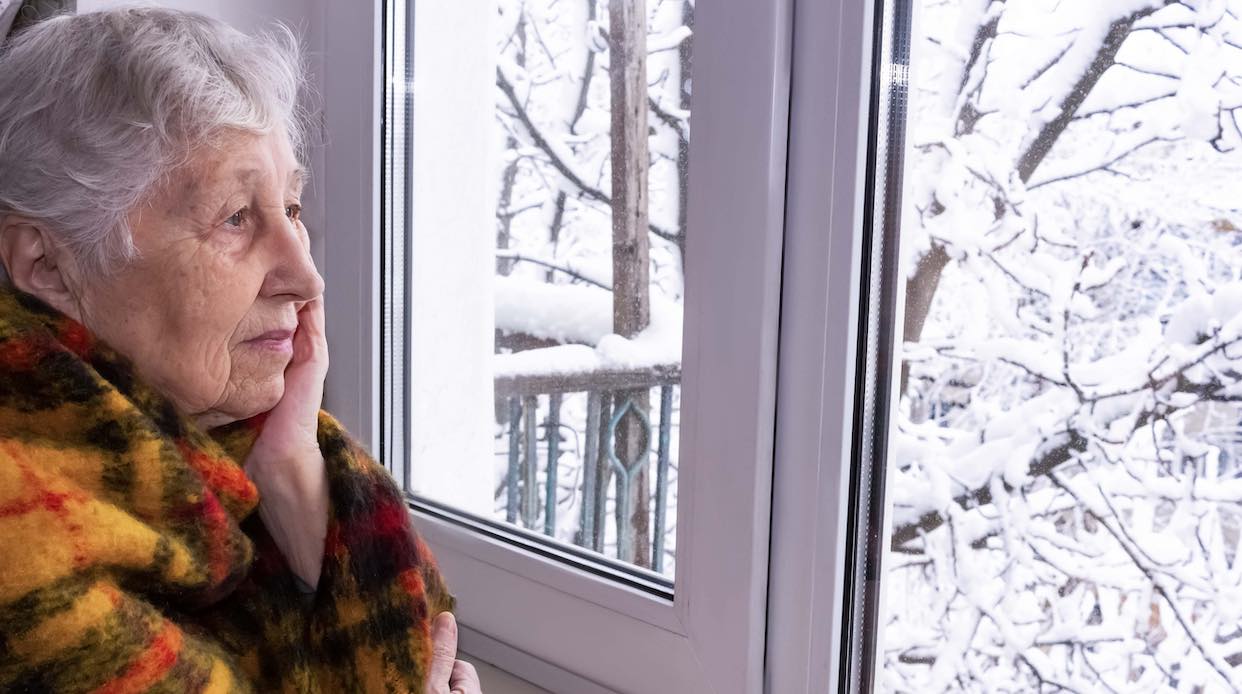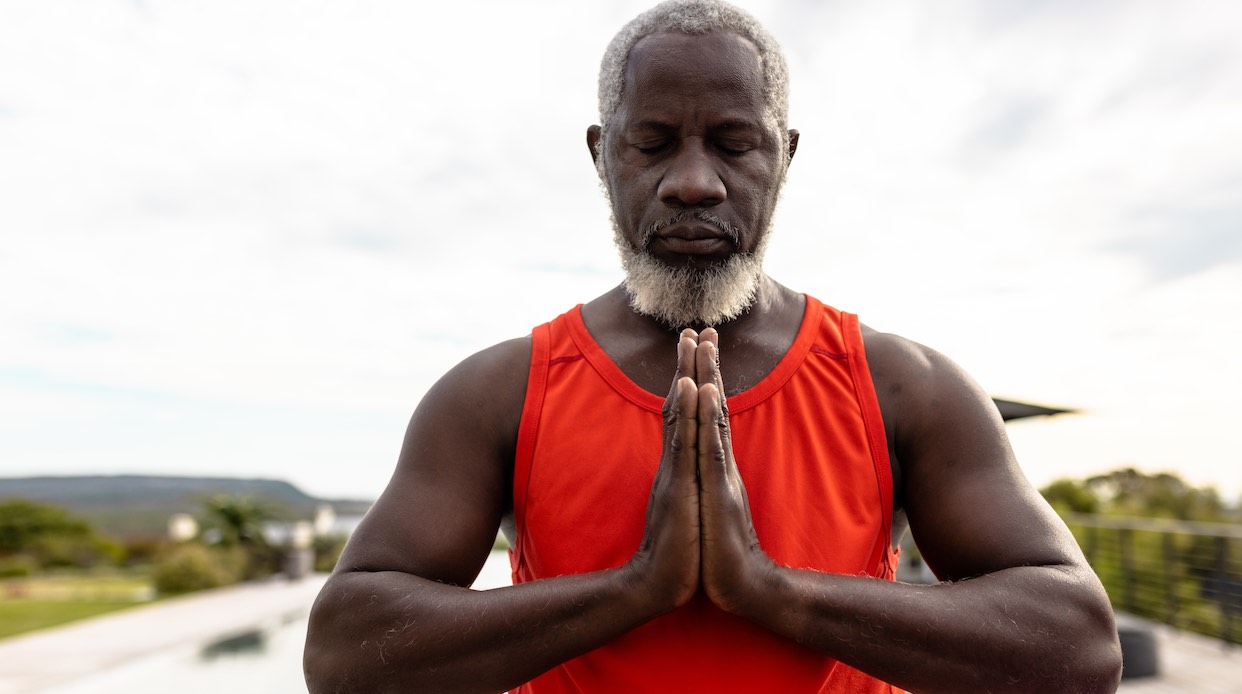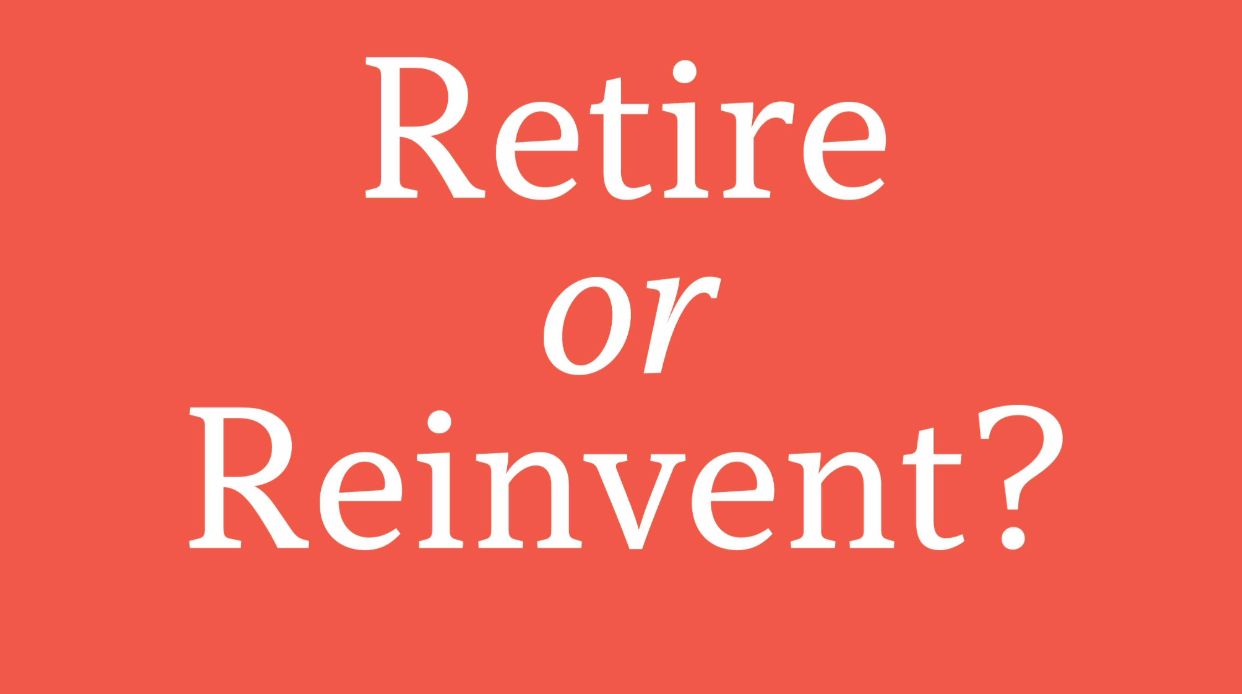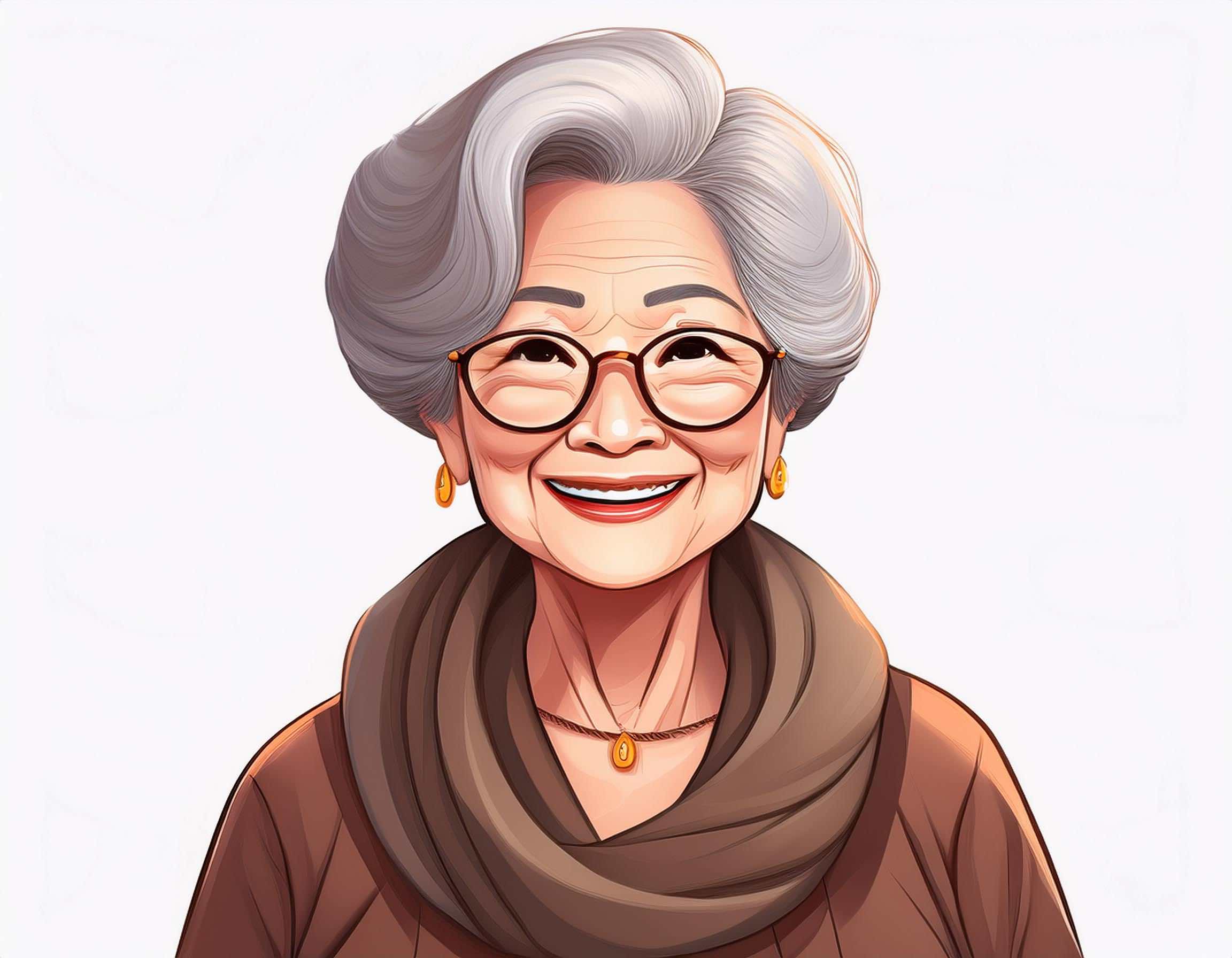
Aging from the Inside Out: Overcoming the Ego as a Key Obstacle
In recent decades, depth psychologists and authors such as Connie Zweig, a leading expert on transitions in mid and later life, have focused on the experience of aging from within. They recognize the psychological and spiritual challenges accompanying inner growth and emphasize the importance of letting go of the ego later in life. Their work focuses on the idea that aging is not just a physical or external process but a journey of inner transformation that necessitates a shift in consciousness and self-image.
The Role of the Ego in Aging
In psychological terms, the ego refers to the part of the self that is involved in identity, self-image, and how we perceive ourselves in the world. It is responsible for maintaining a sense of continuity and stability, often attaching itself to roles, achievements, and external validations. While the ego serves an essential function in navigating the demands of life, it can become a significant barrier in the healthy aging process.
As individuals age, the roles and identities that once defined them may begin to shift or fall away. Careers end, children grow up and leave home, physical abilities may decline, and societal views on aging can lead to a sense of invisibility or irrelevance. For the ego, which has long been attached to these external markers of identity, these changes can be deeply unsettling. The ego resists the natural process of aging because it equates value and worth with external accomplishments and appearances, leading to fear, anxiety, and a sense of loss.
Zweig suggests that the ego’s resistance to aging is one of the key obstacles to experiencing the deeper, transformative aspects of this life stage. Instead of seeing aging as a natural and inevitable process, the ego perceives it as a threat to its constructed identity, leading to denial, clinging to youth, and an inability to embrace the wisdom and spiritual growth that aging can offer.
Aging from the Inside Out: A Shift in Perspective
To age from the inside out, Zweig advocates for a shift in perspective — a movement away from the ego’s fixation on external validation and toward a deeper connection with the inner self. This process involves recognizing and releasing the ego’s hold on identity and learning to see aging as an opportunity for spiritual growth and self-discovery.
One of the key aspects of this shift is the practice of self-reflection. Zweig encourages individuals to engage in practices that allow them to explore their inner world, such as meditation, journaling, or contemplative prayer. Through these practices, individuals can begin to observe the ego’s patterns and understand how it has shaped their self-perception and reactions to aging.
By bringing these unconscious patterns into conscious awareness, individuals can begin to dismantle the ego’s grip on their identity. This process is not about rejecting the ego but about recognizing its limitations and moving beyond its narrow focus on external achievements and appearances. As individuals cultivate a deeper connection with their inner self, they can begin to experience a sense of peace, acceptance, and wholeness that is not dependent on external circumstances.
The Role of Shadow Work
In her discussion of aging, Zweig also emphasizes the importance of shadow work — a concept that involves exploring the unconscious aspects of the self that have been repressed or denied. The shadow often contains aspects of the self that the ego finds unacceptable, such as fears, desires, and vulnerabilities. As individuals age, the shadow can become more prominent, as the ego’s defenses weaken, and previously hidden aspects of the self come to the surface.
Engaging in shadow work is an essential part of aging from the inside out, as it allows individuals to confront and integrate these hidden aspects of the self. By bringing the shadow into consciousness, individuals can begin to heal old wounds, release long-held fears, and embrace a more authentic and whole sense of self.
Zweig suggests that shadow work can be particularly powerful in the later stages of life. It provides an opportunity to resolve unfinished business, make peace with the past, and cultivate a deeper sense of inner freedom. This process of integration can lead to a profound transformation, allowing individuals to move beyond the ego’s limitations and experience a sense of spiritual renewal.
Embracing the Archetype of the Elder
As individuals move through the process of aging from the inside out, Zweig encourages them to embrace the archetype of the elder — a symbol of wisdom, maturity, and spiritual insight. The elder represents a stage of life where the ego’s dominance has been transcended, and the individual has cultivated a deep connection with the inner self and the broader community.
The archetype of the elder is not defined by age or physical appearance but by a sense of inner wisdom and spiritual maturity. It is a role that involves guiding others, sharing wisdom, and contributing to the collective well-being. By embracing this archetype, individuals can find new meaning and purpose in the later stages of life, moving beyond the ego’s concerns with external validation and toward a deeper, more fulfilling sense of self.
Most importantly, the elder archetype serves as a beacon of hope for younger generations, offering a model of aging that is rich with purpose and spiritual depth. In a society that often values youth and productivity, the elder stands as a reminder that there is profound value in the experiences and insights gained over a lifetime. By stepping into this role, individuals can help shift societal perceptions of aging and inspire others to view the later years as a time of growth and contribution.
The Gift of Aging from the Inside Out
Connie Zweig’s exploration of aging from the inside out offers a robust framework for understanding the psychological and spiritual challenges of aging. By recognizing the ego as a critical obstacle and engaging in practices that cultivate self-reflection, shadow work, and the elder archetype, individuals can move beyond the ego’s limitations and embrace the more profound, transformative aspects of aging.
This perspective on aging offers a path to inner peace, acceptance, and fulfillment. It encourages individuals to see aging not as a decline but as an opportunity for spiritual growth and self-discovery. In this way, aging is seen as a gift that invites us to move beyond the ego and develop a deeper, more authentic connection with ourselves and the world. As seniors begin to embrace this journey, they may discover that aging from within unlocks the potential for a new and meaningful chapter in life, one characterized by purpose and a profound sense of inner peace.










